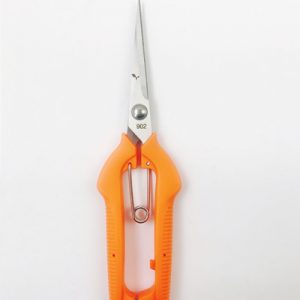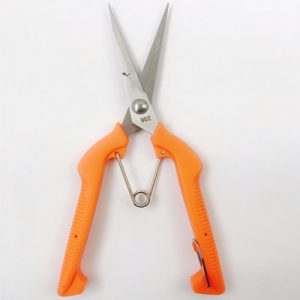
Before the winter shearing of the fruit trees, a reasonable pruning plan should be determined according to the variety, age, density, body structure, growth potential and result amount of the fruit trees.
1. trimming the backbone branches
Trim starts with the main branch of the base and cuts from the full bud, but pay attention to the orientation of the cut. The auxiliary branches should be kept according to the spatial orientation of each side branch, and the erect branches, long branches and competition branches on the back should be removed. After cutting, the other main branches should be trimmed.
2. pruning auxiliary branches
The shape of the fruit tree is mostly layered. After the main branch of the base is cut, the auxiliary branches are trimmed between the layers. Auxiliary branches can be inserted into the gap to fill the gap, no space for retraction or evacuation. If the side branch space of the tree is large, the auxiliary branch can develop toward the fan shape.
3. review and trim
Fruit trees should be carefully examined after pruning. After the fruit trees are trimmed, the tree shape requires that the branches do not overlap up and down, the neighbors do not cross each other, the patchwork is uniform, and the flower buds and leaf buds are evenly distributed.







